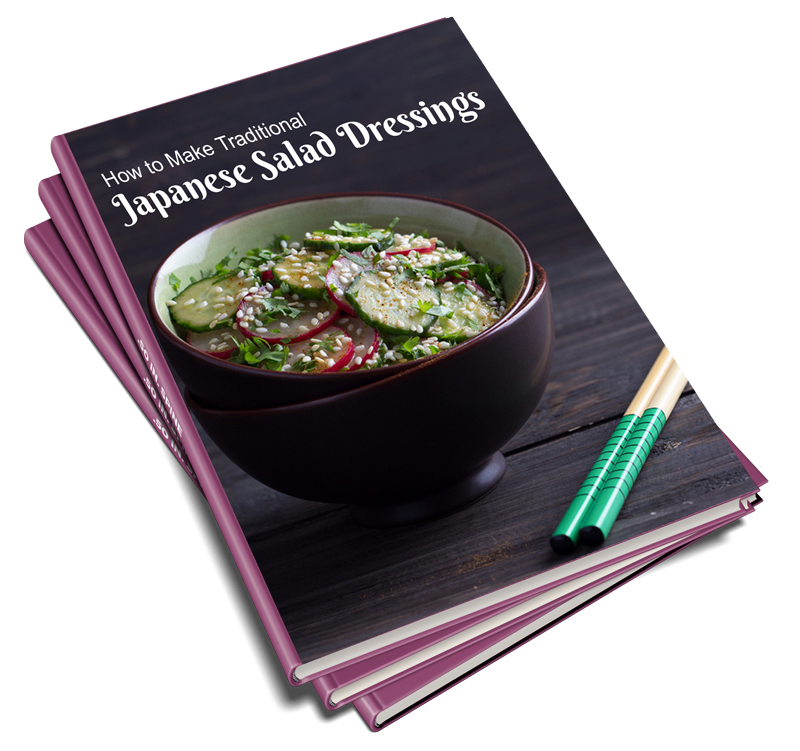
Beef sukiyaki is the perfect recipe to have in winter. It’s a one pot dish that’s cooked and served at the table, making the clean up easier for busy cooks. It’s also a fun way to engage the family and guests together in the cooking process.
Origins of Sukiyaki
Nobody really seems to know the origins of beef sukiyaki. One theory is that in the old days farmers slipped a little flesh into the vegetarian diet imposed by Buddhist strictures by grilling (yaki) meat on a plowshare (suki). In 1873, Emperor Meiji declared that beef was acceptable for consumption, and from that time on it became part of the Japanese diet, although traditional dishes have always used relatively small quantities of meat.
Sukiyaki, called gyunabe during the Meiji era (1868-1912), is beef and vegetables lightly simmered in a sweetened sauce, served with a raw egg as dipping sauce. It’s a warming, filling dish, perfect for winter.
As with many Japanese dishes, the method of making sukiyaki differs from area to area. Kanto (Tokyo area) sukiyaki is made by simmering the beef and vegetables in a prepared sauce, whereas in this version, from Kansai (Kyoto-Osaka area), you make the sauce in the pot as you cook.
There’s also a delicious fish version of sukiyaki called uosuki that’s an Osaka regional specialty.
Beef Sukiyaki Cooking and Serving Tips
One point to remember is that the beef should never be overcooked – it’s best eaten still pink. That’s how gyunabe was served in the good old days.
All you really need with sukiyaki is a bowl of rice, some Japanese pickles, and green tea and fresh fruit to finish off. Sukiyaki can be very filling, as everyone tends to eat a lot of meat, so plan to have enough meat on hand.
My recipes may include affiliate links, so without costing you anything extra, I’ll earn a small percentage of the sales if you purchase these items through these links. Thank you for your support!
Leave a note and rating in the comments section (see below) if you make this dish!

Sukiyaki
Ingredients
- 1 ¾ lb. thinly sliced sukiyaki–cut beef
- a chunk of beef suet, about 1 oz. (often included with sukiyaki –cut beef)
- 7 oz. negi (Japanese leek), cut diagonally into 1 – inch slices
- 6 oz. fresh shiitake mushrooms, with stems removed and a crisscross incision made on the cap to speed up cooking
- ½ lb. chrysanthemum leaves, cut into 2–inch pieces
- A bunch of mitsuba trefoil or seri (Japanese Parsley), cut in half
- Slivers of fresh burdock root, optional
- 1 ½ cakes of grilled tofu, cut into 1–inch cubes
- ½ lb. shirataki (noodles made from konnyaku, devil’s tongue), parboiled for 2–minutes, drained, and cut in half
- A small package of wheat gluten, optional prepared according to instructions on package
- 4 – 8 eggs
- Sauce:
- ½ – ¾ cup low–sodium soy sauce
- ¼ – ½ cup white sugar
- ¼ – ½ cup sake
- ¼ – ½ cup mirin (sweet rice wine)
Instructions
- This dish is cooked at the table, so have all the ingredients ready.
- Melt the suet in a sukiyaki pan if you have one (if not, use a cast–iron pan, wok, or frying pan). Add all the vegetables, tofu, shirataki, and wheat gluten if you are using it. Then add a little of each of the sauce ingredients to suit your own taste. The sauce should cover the bottom of the pan but not be excessive. Top with strips of beef and cook briefly, covered, over high to medium heat. After a few minutes remove the lid. As soon as the beef begins to change color, it is ready to eat.
- Break an egg per person into individual bowls; each person mixes his egg and uses it as a dipping sauce. The beef should be eaten first, then by the time you get to the vegetables they will be cooked. As you take beef and vegetables from the pan, add more meat, vegetables, and sauce, and continue cooking. If you prefer to make the sauce a bit sweeter, add more sugar and mirin to taste. For a less salty version, add a little water.
Get FREE Japanese Recipes by Email! Sign Up Now!


Leave a Reply